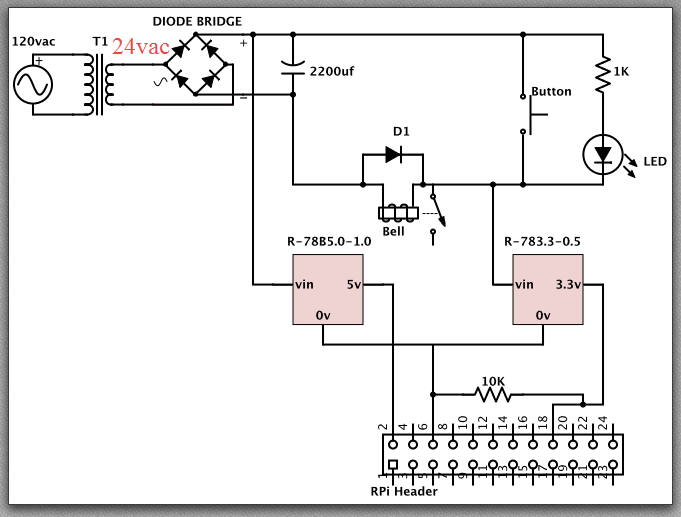Hello all,
I am working on a power supply board which has produces 15V, and 24V outputs. The transformer we're using outputs roughly 36-37VDC unfiltered which gets sent into a lm7815 regulator to make the 15V output, we can't use a transformer with lower output because we need the higher voltage to feed the buck regulator which outputs 24V. We're exceeding the 35V limit for the lm7815 regulator (it hasn't died yet) and it would be nice if I could find a fixed 15V output 3 terminal regulator, either in the to-220 packadge or something with three terminals spaced 100 mils apart. I need one that is rated for 40VDC or higher.
So far all I could find is the Fairchild KA78T15 regulator, which WOULD be perfect, however from what I've been able to tell its an obsolete part and only Rochester Electronics is selling those parts and this board is expected to last 10 years, so we don't want to be limited to one supplier.
Does anyone know of a 15V fixed output 3 terminal regulator that can handle up to 40V or more input voltage, preferably in the to-220 package? Current requirements aren't too high, 500mA would probably suffice.
I have seen a high voltage version of the LM317 that can do up to 60Vin, I may try to use that if I have to, but we're trying not to have to modify this board any more to fit the extra components required for an adjustable regulator.
Does anyone have any ideas? We may be able to use a 3 pin buck regulator chip, provided it has a reasonably clean output.
-Robby
I am working on a power supply board which has produces 15V, and 24V outputs. The transformer we're using outputs roughly 36-37VDC unfiltered which gets sent into a lm7815 regulator to make the 15V output, we can't use a transformer with lower output because we need the higher voltage to feed the buck regulator which outputs 24V. We're exceeding the 35V limit for the lm7815 regulator (it hasn't died yet) and it would be nice if I could find a fixed 15V output 3 terminal regulator, either in the to-220 packadge or something with three terminals spaced 100 mils apart. I need one that is rated for 40VDC or higher.
So far all I could find is the Fairchild KA78T15 regulator, which WOULD be perfect, however from what I've been able to tell its an obsolete part and only Rochester Electronics is selling those parts and this board is expected to last 10 years, so we don't want to be limited to one supplier.
Does anyone know of a 15V fixed output 3 terminal regulator that can handle up to 40V or more input voltage, preferably in the to-220 package? Current requirements aren't too high, 500mA would probably suffice.
I have seen a high voltage version of the LM317 that can do up to 60Vin, I may try to use that if I have to, but we're trying not to have to modify this board any more to fit the extra components required for an adjustable regulator.
Does anyone have any ideas? We may be able to use a 3 pin buck regulator chip, provided it has a reasonably clean output.
-Robby


